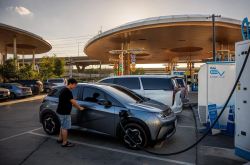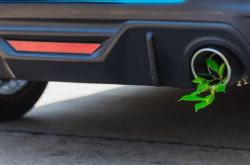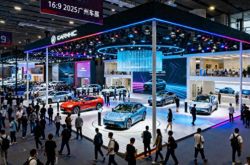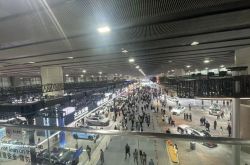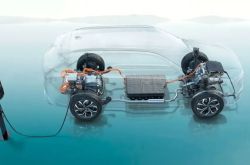Shen Fei Fires Back, Deng Chenghao Unleashes Criticism! Why Are Industry Leaders Targeting 'Large-Battery Extended-Range' Tech?
![]() 11/26 2025
11/26 2025
![]() 476
476
On the cusp of the 2025 Guangzhou Auto Show, the XPENG X9 Super Extended-Range Edition made a sensational entrance, boasting a hefty 63.3kWh battery and an impressive 452km of pure electric driving range. Meanwhile, the Leapmotor D19 ups the ante with an even larger 80.3kWh battery pack, delivering a staggering 500 kilometers of pure electric range—outpacing many early pure electric models.

The battery capacity of extended-range vehicles has skyrocketed from the mainstream 20-40kWh range of a few years back to today's 80kWh benchmark. Is this battery capacity arms race a response to user demands, or a necessity driven by technological advancements?
The Extended-Range Market Ignites a Large-Battery Frenzy
Once seen as a mere stepping stone to pure electric technology, extended-range electric vehicles (EREVs) have now emerged as a formidable force in the new energy market.

At the 2025 Guangzhou Auto Show, the concentrated launch of multiple large-battery extended-range models signaled a new era for this technological path. The XPENG X9 Super Extended-Range Edition, XPENG's maiden extended-range offering, pairs a 'large fuel tank + large battery' setup, achieving a CLTC combined range of 1,602km and a pure electric range of 452km.
Even more remarkably, the vehicle's 63.3kWh ultra-fast-charging lithium iron phosphate extended-range battery supports a 5C+800V ultra-fast charging rate, enabling a 313km range boost in just 10 minutes.
The Leapmotor D19, Leapmotor's flagship D-series debutant, positions the brand in the 200,000-300,000 yuan price bracket. Its extended-range variant, equipped with an 80.3kWh ultra-large battery, delivers a pure electric range of 500 kilometers—the highest among hybrid models. This figure even eclipses the range of some pure electric vehicles, sparking deep industry reflection on the value of large-battery extended-range technology.
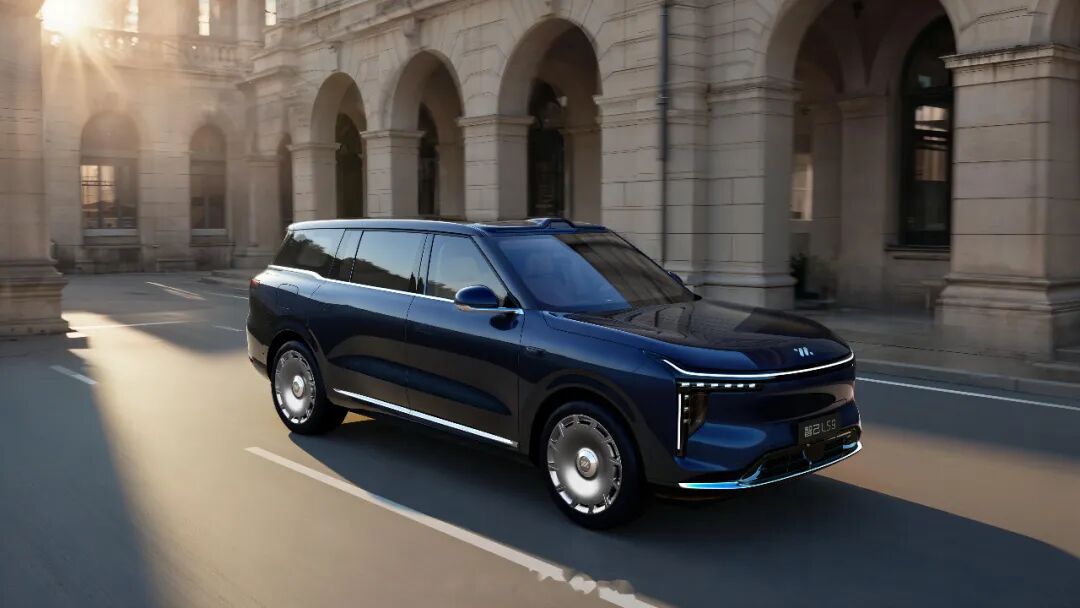
Recalling 2021, extended-range models typically offered a pure electric range of just 120-150km. By 2025, newly launched extended-range models commonly flaunt ranges of 350-450km.
Even more astonishingly, at least four plug-in hybrid models, including extended-range vehicles, will sport battery capacities of around 80kWh next year. This figure nears or even surpasses the battery capacities of some pure electric vehicles.
Is Large-Battery Extended-Range Technology a 'Mirage'?
Advocates of large-battery extended-range technology contend that this approach directly addresses three core user needs: cost savings, range anxiety elimination, and superior experience.
Statistics reveal that up to 80% of plug-in hybrid vehicle users rely on their vehicles as pure electric models, shunning hybrid mode whenever possible. Why? Charging and using pure electric mode costs as little as 0.1 to 0.2 yuan per kilometer, while hybrid mode, even with fuel savings, costs around 0.4 to 0.5 yuan per kilometer.
The XPENG X9 Super Extended-Range boasts a combined energy consumption as low as 16.5kWh/100km, with per-kilometer costs less than one-third of traditional fuel MPVs, saving users approximately 43,000 yuan annually. Beyond economics, user experience is paramount. The NVH performance when the range extender is active typically lags behind pure electric mode. Larger batteries reduce range extender intervention frequency, offering a driving experience closer to that of pure electric vehicles.

However, opposing viewpoints carry significant weight. Shen Fei, President of Ledo Auto, vehemently rejects extended-range solutions: 'Adding a range extender and fuel tank increases weight, cost, and space—three issues that will always persist.' He further argues that when competitors' battery capacities rival those of pure electric vehicles, the additional system becomes pure overhead.
What puzzles him even more is the logical conundrum: 'The number of public charging stations nationwide has increased 5-10 times compared to five or six years ago. If charging wasn't convenient then, why pursue large extended-range now?' In Shen Fei's view, this represents 'analogous innovation'—adding batteries for insufficient range, adding fuel tanks for charging inconvenience, treating symptoms rather than root causes.
Deng Chenghao, Chairman of Shenlan Auto, which also promotes extended-range models, made even more direct remarks. He publicly criticized competitors' 400km pure electric range extended-range vehicles as 'futile,' stating, 'Buying a 400-500km extended-range vehicle makes less sense than buying a pure electric one.'

Additionally, battery degradation poses a challenge for large-battery extended-range technology. According to previous testing by authoritative institutions, a four-year-old Li Auto ONE with 103,000km on the odometer saw its battery health drop to 75.6%, while a Tesla Model 3 of the same age with 116,000km maintained 89.3% health. At this rate, some extended-range vehicles may approach the 'scrapping threshold' of ≤70% health in under five years.
Li Bin, Founder of NIO, offers a relatively objective industry perspective: 'At certain junctures, extended-range technology does have its peak period. From a business standpoint or otherwise, many competitors' decisions to pursue extended-range products are entirely understandable.'
User Experience Shapes Future Trajectory
Behind the debate over large-battery extended-range technology lies differing corporate interpretations of user needs. Supporters argue that increasing pure electric range 'effectively targets consumer demands.'
Duan Wei, Vice President of Seres, revealed that 67% of AITO users have home charging but still opt for extended-range models to avoid range anxiety and charging wait times. Critically, 70% of AITO users' mileage and 85% of their driving time occur in pure electric mode.
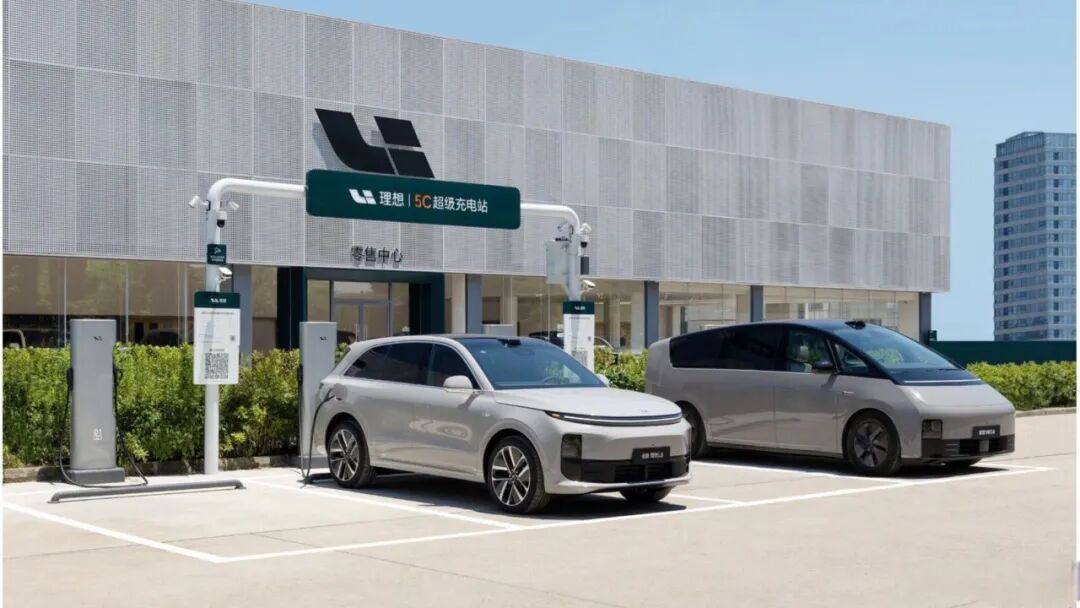
The severe challenge of battery degradation stems from extended-range vehicles' operational characteristics. The primary reason for significant battery degradation in extended-range vehicles lies in their 'small frame handling heavy loads' operational nature. For a vehicle with 150km range, covering 100,000km requires 666 cycles, consuming 60% of battery life. In contrast, a 500km pure electric vehicle traveling the same distance only undergoes 200 cycles, with 20% degradation.
A deeper issue is that the 'battery capacity competition' may obscure the core problem extended-range technology should address—energy efficiency management. The industry's mainstream range extenders achieve approximately 3.4kWh of electricity generation per liter of fuel, indicating substantial energy loss during conversion. Owner tests show that models with 400km of full-charge range consume 30% more fuel per 100km in low-battery conditions than official data suggests.
The limitations of warranty policies further exacerbate user concerns. Brands like Li Auto and AITO offer 8-year/160,000km warranties, with claims possible if health drops below 70%. However, current battery replacement costs range from 60,000-80,000 yuan, nearly equivalent to the price of a five-year-old compact pure electric vehicle.

Rather than simply increasing battery capacity by stacking cells, enhancing system energy efficiency and user experience proves more challenging but valuable. This tests automakers' R&D and manufacturing capabilities in internal combustion engines, as well as their strategies and abilities in three-electric system energy efficiency management.
Future extended-range technology development may prioritize energy efficiency improvements and user experience. Since 2016, Seres has researched extended-range technology through five iterations. From its first-generation system in 2019 to the new-generation super extended-range system in the 2025 M9, it achieves over 3.6kWh/L fuel-to-electricity conversion and a maximum thermal efficiency of 44.8%.
Conclusion:
Market feedback indicates that most users indeed favor the long pure electric range offered by large batteries. Data shows that over 80% of extended-range vehicle owners use their vehicles as pure electric ones, preferring electricity over fuel whenever possible. However, industry experts caution that battery capacity has an obvious ceiling. With 80kWh now a reality, is 100kWh far behind? This race to simply increase battery capacity may deviate from extended-range technology's original goal of high efficiency and energy conservation.
The future competitive focus of extended-range technology may shift from 'whose battery is larger' to 'whose energy efficiency is higher.' Only automakers that master core technologies and accurately grasp users' true needs will thrive in this segment.


